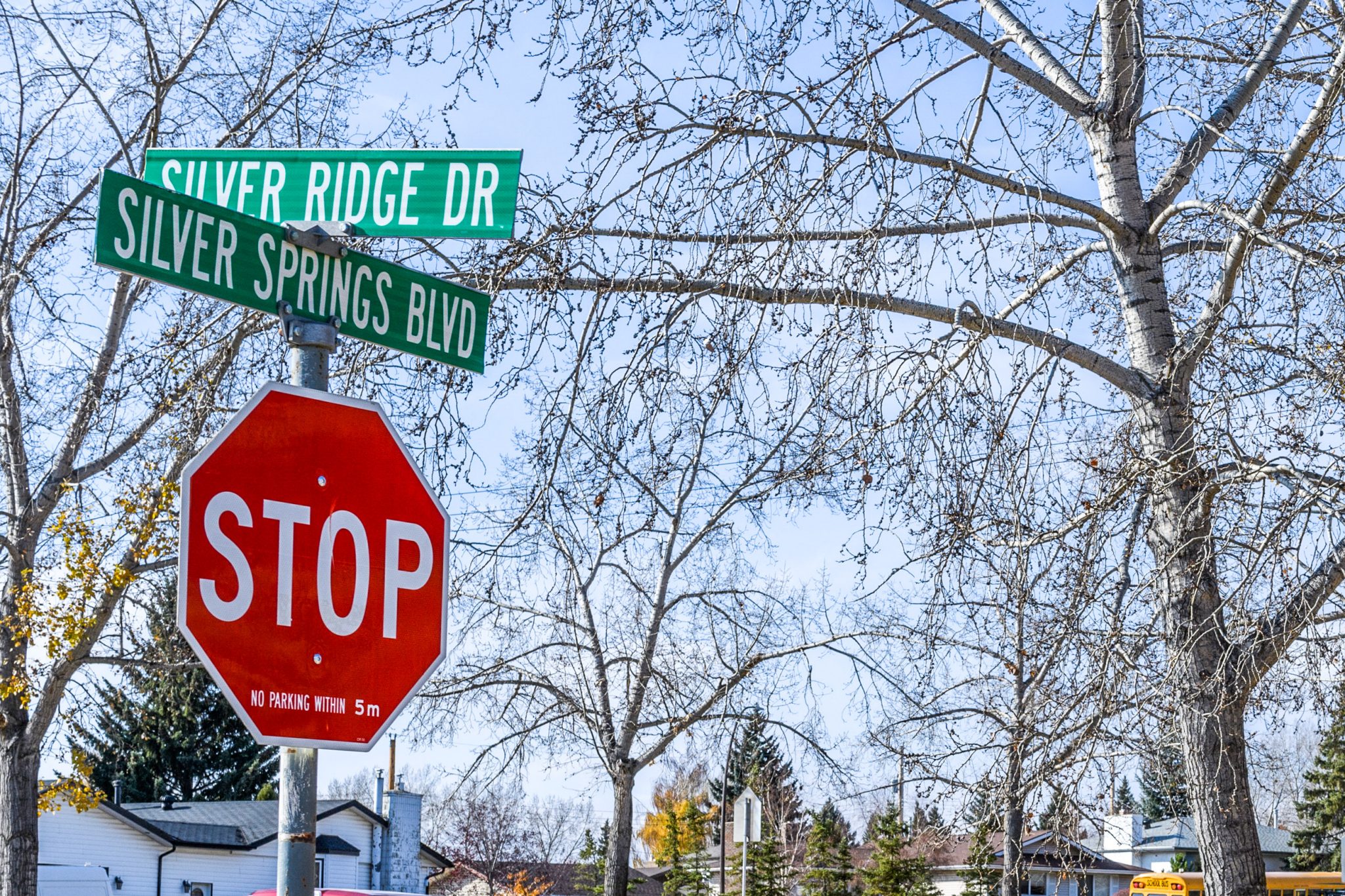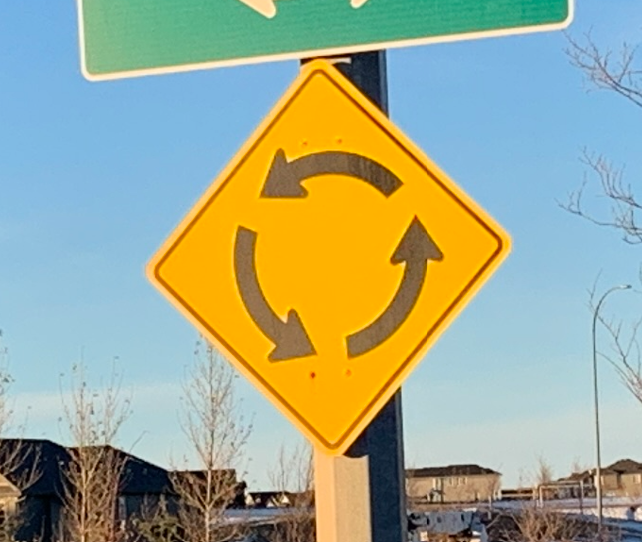Traffic safety tips
January's traffic safety focus is Intersection Safety
Share the road safely and look out for each other
Intersections are high-risk locations for collisions due to the conflicting path of road users. There are rules that everyone can follow to ensure safe and efficient travel through an intersection:
- Be aware of your surroundings as you approach an intersection since pedestrians and other traffic may also be approaching from other directions.
- Avoid distractions including checking your phone while waiting at an intersection.
- Keep intersections clear. Before driving into the intersection, make sure there is enough space on the other side of the intersection to fit your vehicle.
- When pedestrians are crossing the intersection, you may proceed only when there is a safe gap between your vehicle and the pedestrians. You must not pass a vehicle that has stopped for pedestrians.
Traffic signals
- A solid green light means you may proceed into the intersection.
- You must yield to oncoming traffic and pedestrians if you are turning left or right.
- A flashing green light means you are permitted to go through and turn left or turn right without stopping.
- Opposing traffic will be facing a red light.
- You must still yield to pedestrians or other vehicles lawfully in the intersection.
- Drivers facing a solid red light must bring their vehicles to a complete stop before the stop line or crosswalk that is directly in front of the vehicle.
- If there is no stop line or crosswalk, drivers must stop before the intersection.
- Vehicles must remain stopped at the red light until it turns green, unless safely turning right after stopping.
- A solid double red light has the same meaning as a single red light.
- Turning right at a red light is permitted if there is no sign prohibiting the turn.
- Before making the turn the vehicle must come to a complete stop before the stop line or crosswalk.
- Complete the turn when it is safe to do so while yielding to any other traffic and pedestrians.
- Unless a sign prohibits the turn, the only left turn permitted at a red light is onto a one-way street from a one-way street.
- This turn is only allowed after the vehicle is brought to a complete stop before the stop line or crosswalk, and if the turn can be made safely after yielding to other traffic and pedestrians.

Stop signs and yield signs
- Come to a full stop when facing stop signs. Proceed only after yielding to pedestrians and oncoming traffic.
- Reduce your speed and be prepared to stop when facing yield signs. Similar to stop signs, you may proceed only after yielding to pedestrians and other traffic.
- At three and four-way stops, the vehicle that arrived first should proceed first. If two vehicles arrive at the same time, the vehicle on the right should proceed first.

Stop signs and yield signs
Roundabouts control traffic at intersections without the use of traffic signals or stop signs. All vehicles must travel counterclockwise around the roundabout to pass through the intersection.
When driving through a roundabout, remember:
- Plan ahead and know which exit you will be using.
- Yield to pedestrians in crosswalks both when entering and exiting the roundabout.
- Yield to oncoming traffic when entering a roundabout.
In multi-lane roundabouts:
- Enter into the right (outer) lane if you plan to leave at the first exit point.
- Enter into the left (inner) lane(s) to proceed to the second exit or beyond.
- Yield to vehicles on your left.
- Use turn signals when entering and exiting the roundabout



